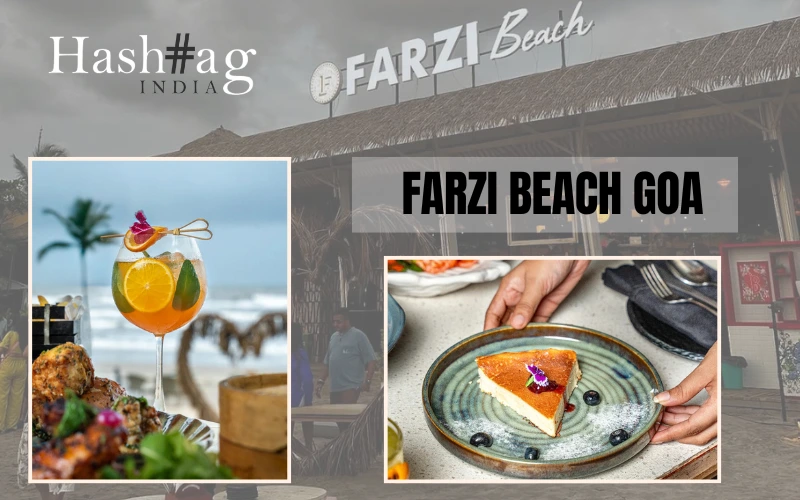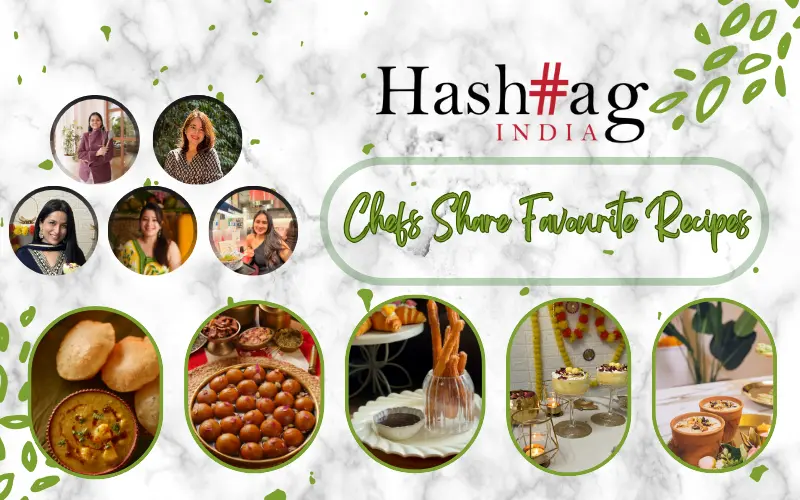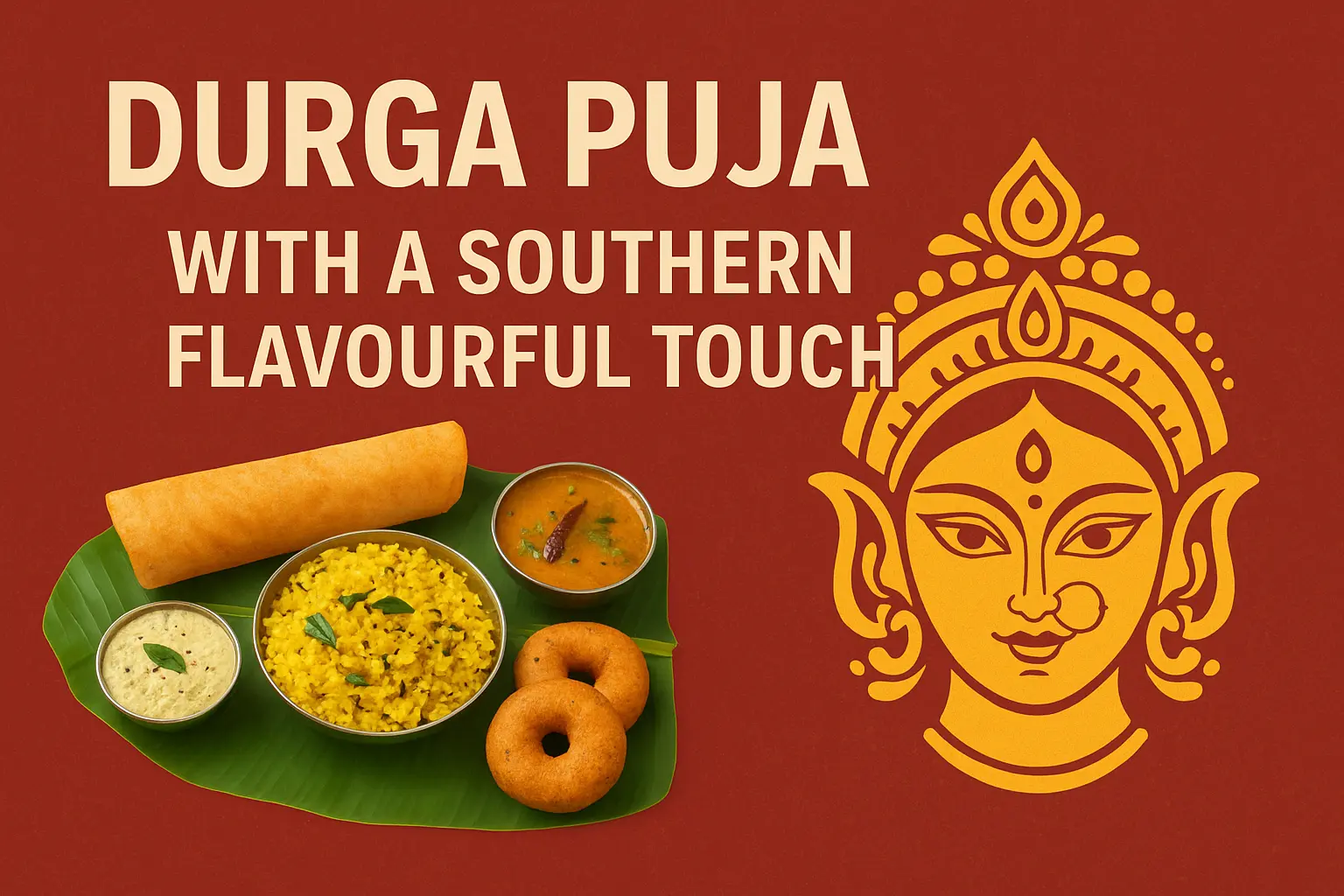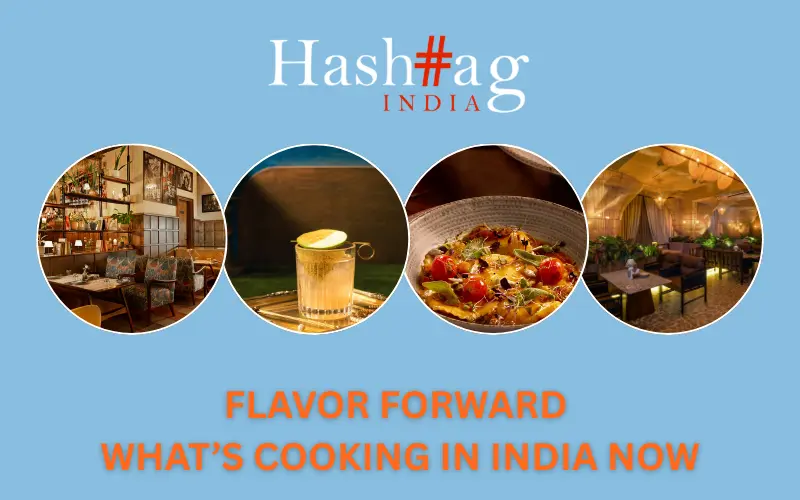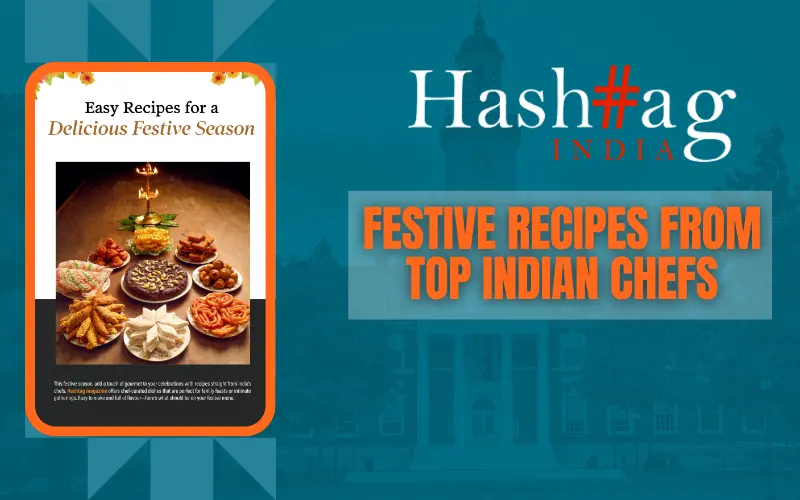There is no doubt about the scores of followers that Turkish cuisine has amassed in the last few years in India – whether it’s in the form of the sugary baklavas that fly off the shelves of sweet shops or the flavourful doner kebabs that are a go-to meal option for the busy professionals. However, little is known about ‘Kahvalti’ or ‘the first meal of the day,’ which is considered the most essential part of Turkish culture. Also translating into a ‘light meal before the morning coffee,’ this decadent meal is equally wholesome and consists of various flavourful breads, eggs, jams, and cheeses. Deepa Natarajan Lobo delves into this culinary tradition, offering insights into its significance and offerings.
A Mediterranean Breakfast Feast – Öz by Kebapci
If you wish to experience this without having to fly to Turkey, you are in for a treat as the famous Turkish restaurantÖz by Kebapci has launched India’s first-ever Kahlvati. This exclusive offering seamlessly blends the traditional with a modern flair and is available only on Sundays between 8 am and 12 pm.
Offering a range of vegetarian and non-vegetarian delights, the breakfast includes several nourishing and indulgent options that use the best ingredients imported straight from the heart of Eastern Turkey. These include spices, cheese for kunafa, pistachios, and flour, all of which are of the highest quality and ensure a delightful dining experience.
Warm Bread and Eggy Delights: The menu at Öz by Kebapci offers a wide variety of warm bread and eggy delights, promising a diverse and exciting culinary experience.
The backbone of Kahvalti at Öz is a range of freshly baked bread (from Simit/Gevrek to classic Pita) differing in softness, saltiness, and sharpness. Be it the delicate layers of Mahalama’s phyllo dough or the traditional Turkish flatbread Pide topped with cheese, meats and veggies (ala pizza!), these are light yet make for a satisfying meal.
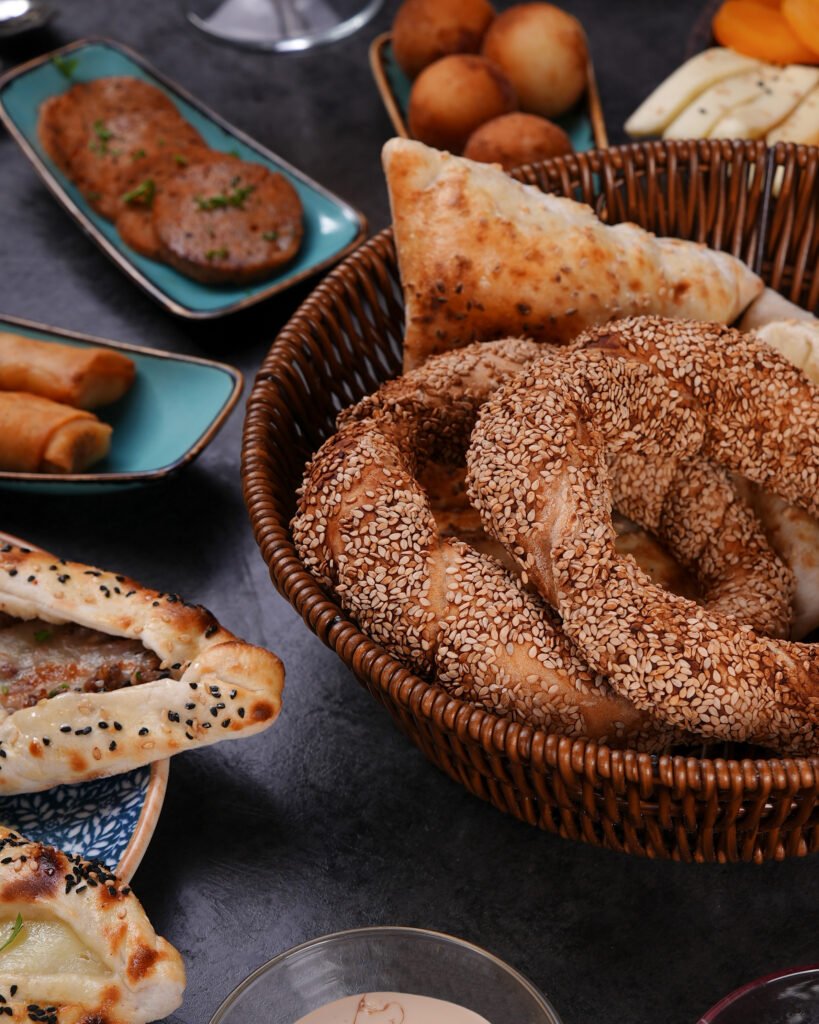
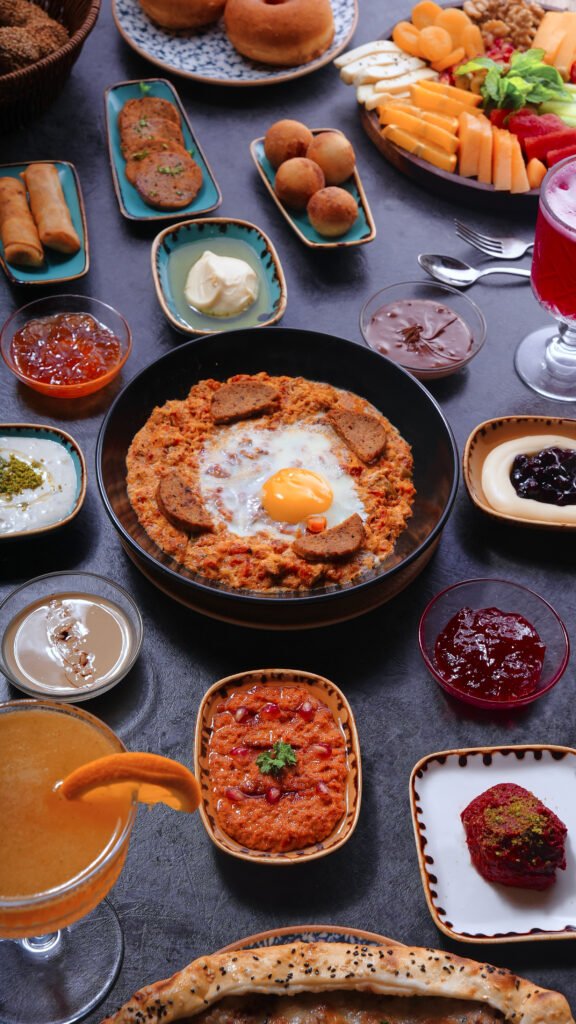
Another offering is the mini version of the traditional Borek, a Turkish pastry made from thin layers of dough filled with various ingredients such as cheese, meat, or vegetables. The Mini Borek is a bite-sized version of this crispy pastry with aromatic fillings, perfect as a snack or an appetizer.
Egg lovers can enjoy Menemen, a traditional Turkish dish made by sautéing tomatoes and green peppers with spices until they are soft and then combining them with whisked eggs to create a slightly runny scramble.
Regal Platters and Sumptuous Dips
If you like to keep things light, the platter serving fresh, juicy fruits, dry fruits, crispy cherry tomatoes, and cucumbers is just for you! Dunk the veggies in one of the myriad dips accompanying, such as the creamy yogurt-based Labneh or the red capsicum-based Muhammara, and you have a refreshing start to your lazy Sunday. Another enjoyable dip on the menu is Mıhlama, a traditional Turkish dish from the Black Sea region, made with cornmeal, butter, and local melting cheese, cooked until creamy and stretchy. These dips are carefully selected to complement the fresh and juicy fruits, creating a perfect balance of flavours.
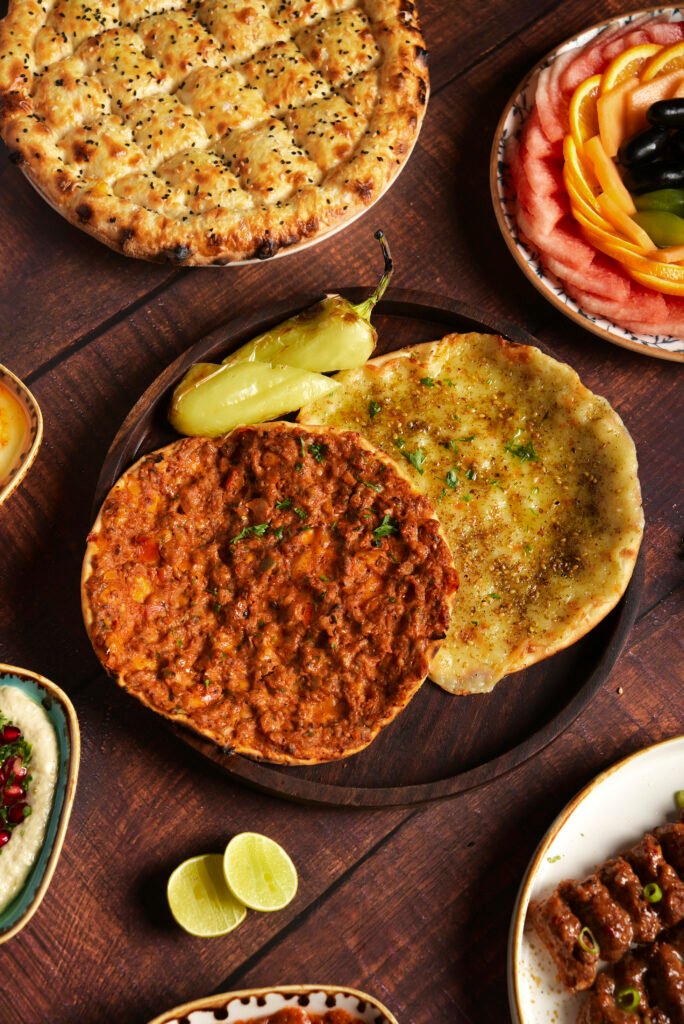
Sweet Fixes
The light, airy, and not-too-sweet Kaymak (cream) with honey served chilled with crunchy bread and the aromatic Çai, the traditional Turkish tea, are the perfect culmination to the heavy meal.
The idea behind Kahlvati was to introduce India to the whole Turkish Breakfast experience, specifically, the one from the regions of Eastern Turkey, believe Aasim Shah, Founder and Adeeb Shah, Co-Founder, Kofteci Foodkrafts Pvt. Ltd. “We wanted to show that Turkish breakfast is more than just Turkish Eggs and have been working on this menu from about six to eight months perfecting the right array of dishes that would be light, refreshing and flavourful for our guests to enjoy in the mornings,” they say. “The Eastern region of Turkey is high on traditional breakfasts such as Kaymak with honey, various fresh fruit jams, cheese, bread, cold mezze, and Menemen. Hence, the entire spread is chosen carefully to form a perfect experience altogether,” they sum up.
Instagram: Öz by Kebapci
Address: UB City, Level 2, Concorde, 1, Vittal Mallya Road, Bengaluru – 560001
Reservation number: +91 70906 77771
Timings: Sundays (8 am to 12 pm)
Cost: Rs 2399 for two


